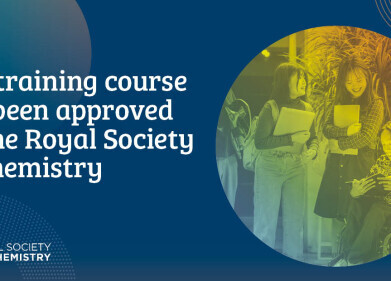Gas chromatography
How Can Chromatography Improve Fire Debris Analysis?
Sep 27 2018
Fires are one of the most frightening incidents that can happen in our homes and workplaces. When the fires have been extinguished and the area made safe – it is up to the fire investigators to analyse what happened and make the decision as to whether the fire was accidentally started or if it was arson.
A recent paper published in the journal Separations has looked at how chromatography can play a role in helping fire investigators analyse the debris left behind after a fire. The paper - Detection and Characterization of Ignitable Liquid Residues in Forensic Fire Debris Samples by Comprehensive Two-Dimensional Gas Chromatography – investigated how chromatography can be used to identify the residues of ignitable liquids on different substrates.
Fire debris analysis – a challenging task
Analysing the debris left behind after a catastrophic event such as a fire can be complex. The researchers identified four main factors that make the analysis challenging.
- Different substrates and substrate products of the fire that can also be found in ignitable liquids,
- the different ignitable liquids used to start fires and their chemical composition,
- evaporation and combustion of the ignitable liquid in a fire, and
- degradation of fire debris samples.
The complex mix that faces fire debris analysis means it is difficult for automated data analysis – hence the results are analysed by forensic experts with expertise on analysing fires. But it has been shown in various studies that this is a difficult task – hence the need for fire simulations to help improve the expertise and knowledge of people tasked with forensic fire analysis.
Fire experiments in the lab – chromatography explores
The research team from the Netherlands present an experimental design for laboratory-controlled fire experiments. This allows for high-throughput and controlled testing, meaning that plenty of different substrates and liquids can be tested in combination providing more information for forensic fire analysis of ignitable liquid residues – an indication of foul-play.
The team used GCxGC-TOFMS (two-dimensional gas chromatography coupled to time-of-flight mass spectrometry) to analyse the debris and characterize the liquids used in each fire debris sample. Chromatography is a powerful analytical technique used to analyse many different samples. The article, Issues with Scaling and Method Transfer discusses how methods can be transferred between different columns.
The authors report that the study demonstrates that GCxGC-TOFMS has the potential to be used for forensic fire debris analysis. However, the study was based on a limited set of experiments and only considered three ignitable liquids – gasoline, white spirit and lamp oil. The authors note that:
The experimental design, in combination with advanced chromatographic techniques and the target compound detection approach, could serve as a valuable starting point for future work on GC×GC-TOFMS with algorithmic classification.
Events
May 11 2025 Vienna, Austria
May 18 2025 Tempe. AZ, USA
May 21 2025 Birmingham, UK
Jun 01 2025 Baltimore, MD, USA
Jun 15 2025 Bruges, Belgium


.jpg)











